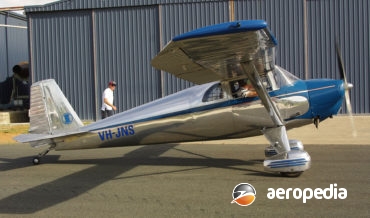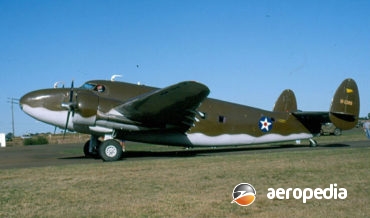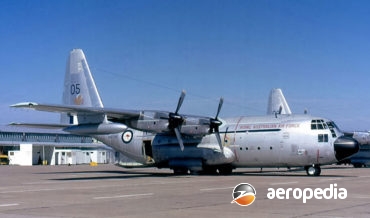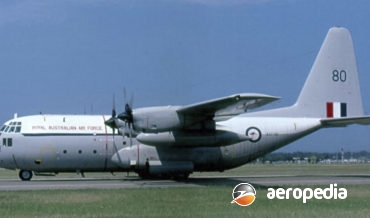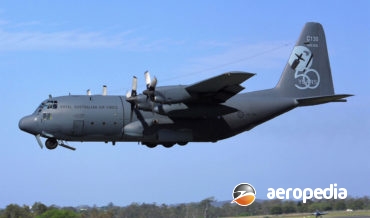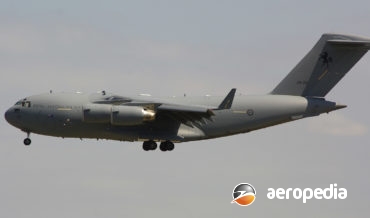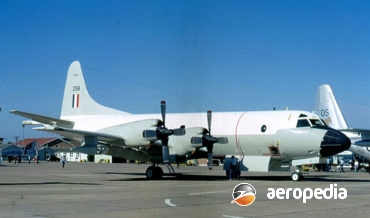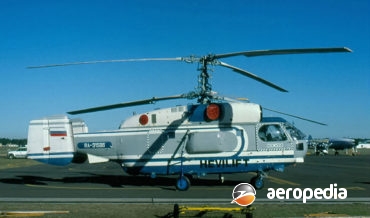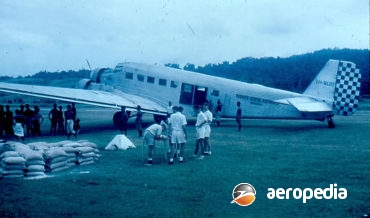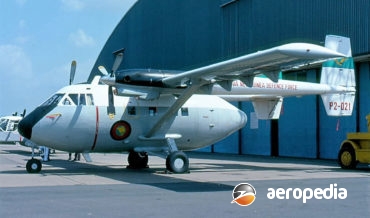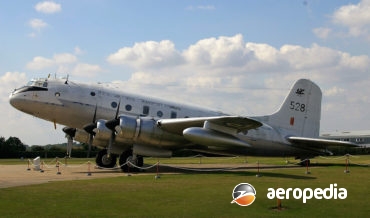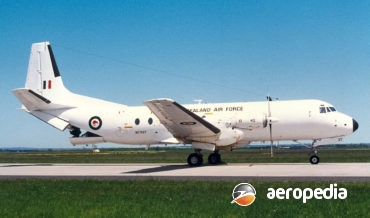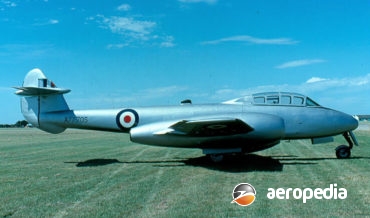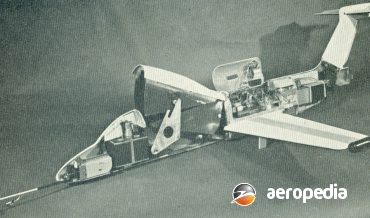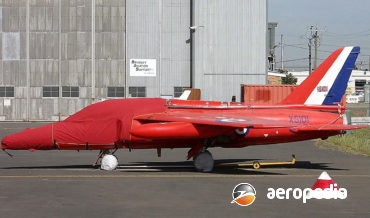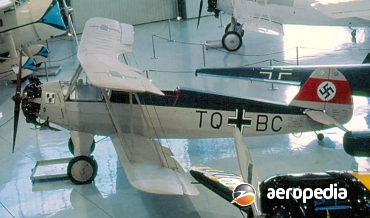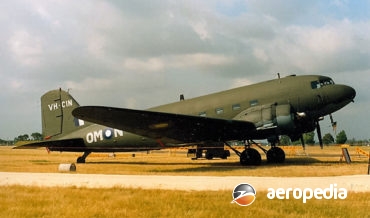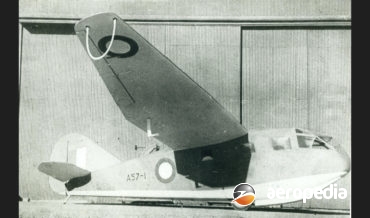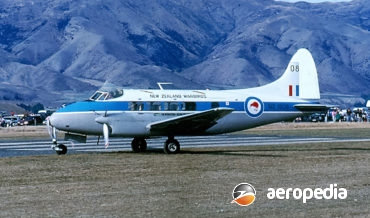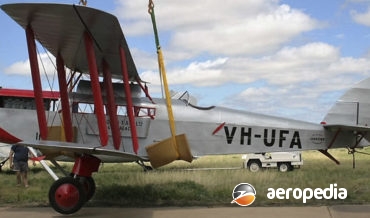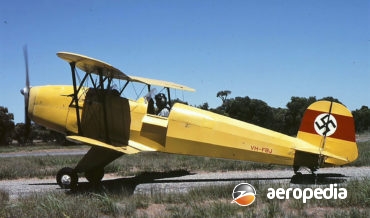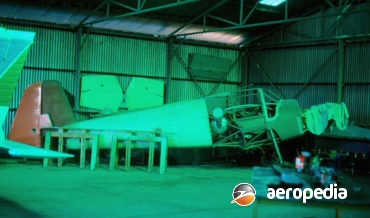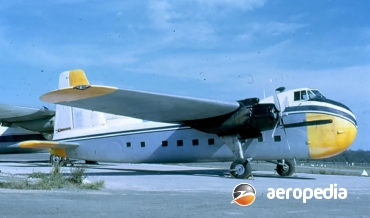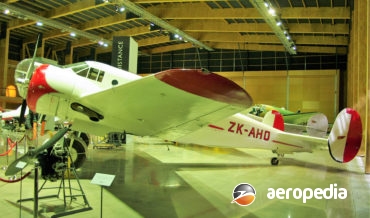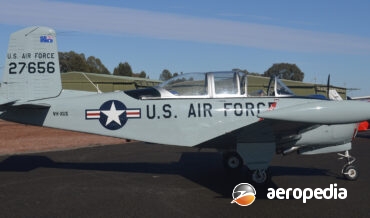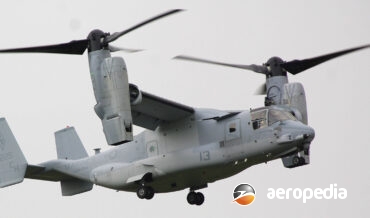All Contents
Contents
The Luscombe series of light monoplanes was introduced by the Luscombe Airplane Corp in 1937. Powered by a 37-kw (50-hp) Continental engine, the Model 8, also known as the Luscombe 50, received type approval in August 1938. Production rate was quickly increased to meet demand, with most aircraft being delivered
David C. Eyre
- May 8, 2019
The Lockheed Model 18 Lodestar, a development of the Model 14 Super Electra transport, was manufactured in a variety of models with a variety of engines, depending on customer requirements.
David C. Eyre
- May 8, 2019
The most successful large military transport in the Western inventory, and with more than 2,000 examples built in a variety of versions, the Hercules continues in production in the C-130J variant.
David C. Eyre
- May 8, 2019
Development of the Hercules has continued over the years. After the C-130A was the C-130B, which differed from the C-130A in having up-rated T56-A-7 engines and four-blade Hamilton Standard propellers in place of the three-blade Aeroproducts units.
David C. Eyre
- May 8, 2019
Following the success of the C-130E, development of the Hercules has continued. The C-130F was a transport version for the US Navy; the HC-130G was for the US Coast Guard for search and rescue duties; and the C-130H was basically a C-130E model with up-rated engines.
David C. Eyre
- May 8, 2019
In the 1990s Lockheed privately funded a development of the very successful (over 2,000 built) Hercules series, and the C-130J was the most comprehensive update of the type to date.
David C. Eyre
- May 8, 2019
On 21 April 1964 Lockheed flew a civilian freight example of the military C-130 transport and placed it into low-rate production. This aircraft was used as a civil demonstrator, and was basically a C-130E without military equipment.
David C. Eyre
- May 8, 2019
The concept of the C-17 commenced in the late 1970s when the United States was looking for a new long-range transport.
David C. Eyre
- May 8, 2019
One of the many variants of the maritime patrol Lockheed Orion, the TAP-3B was developed from the P-3B series to serve as a trainer and transport in order to conserve the airframe life of the Lockheed P-3C fleet of the US Navy. Three examples were obtained as the TAP-3B (Trainer
David C. Eyre
- May 8, 2019
The Ka-32 is the designation for the civil series of helicopters produced for the Soviet military forces under the designation Ka-25/27 and given the code names “Hormone” and “Helix”. Basically designed for anti-submarine warfare, the prototype appeared in 1981. Nikolai Ilytich Kamov was one of the lesser known Soviet designers
David C. Eyre
- May 8, 2019
The Kawasaki KV-107 was a licence-built version of the Boeing Vertol Model 107 which had been supplied to the US and other military forces as the H-46 Sea Knight and which had been produced in a variety of models to meet a number of operational needs. In 1965 Kawasaki acquired
David C. Eyre
- May 8, 2019
The workhorse of the German Luftwaffe in the transport role during World War II, the prototype Ju-52/ba (D-1974)
David C. Eyre
- May 8, 2019
The Mamba was named after the company which conceived the design, the Melbourne Aircraft Manufacturing Basic Aircraft Project, and the prototype VH-JSA (c/n P-001) first flew on 25 January 1989 fitted with a 87-kw (116-hp) Textron Lycoming O-235 engine.
David C. Eyre
- May 8, 2019
The Arava was designed by Israel Aircraft Industries as a STOL light transport for civil and military use and it was produced in two variants, the IAI-101 and the IAI-201, examples being supplied to a number of air forces.
David C. Eyre
- May 8, 2019
The Hastings was designed as a replacement for the Avro York transport in RAF service, and the prototype (TE580) made its first flight at Wittering on 7 May 1946, the second prototype (TE583) being flown for the first time on 30 December that year.
David C. Eyre
- May 8, 2019
During the early 1960s the RAF issued a requirement for a medium tactical freighter, and the Avro design team developed a variant of the Avro 748 (later Hawker Siddeley 748 series 2).
David C. Eyre
- May 8, 2019
The Gloster Meteor was the first British operational jet fighter, the Models F-I and F-III seeing action briefly towards the end of World War II.
David C. Eyre
- May 8, 2019
In 1959 a prize was announced by Henry Kremer, a British Industrialist, for the first group to build and fly a human-powered aircraft over a figure-of-eight course covering a total of 1.6 kms (one mile), the course to include a 3.048 m (10 ft) pole that the aircraft had to
David C. Eyre
- May 8, 2019
During the 1960s the Government Aircraft Factories at Fishermens Bend, VIC, began designing a small utility transport intended to provide a continuing production activity after completion of the GAMD Dassault Mirage IIIO fighter programme and, to meet civil and military needs.
David C. Eyre
- May 8, 2019
In the 1950s Folland commenced design of a lightweight fighter as a private venture known as the FO 145 and the prototype, known as the Midge (G-39-1) flew for the first time on 11 August 1954 at Boscombe Down in Wiltshire
David C. Eyre
- May 8, 2019
The Trimotor was produced by what was then the largest automobile manufacturer in the world, the Ford Motor Company, some 198 examples being built by the Aviation Division in a variety of models between 1926 and 1933 when the Great Depression forced the closure of the Aviation Division
David C. Eyre
- May 8, 2019
The Focke-Wulfe Fw-44 Stieglitz (Goldfinch) was designed for the Luftwaffe as a basic trainer and the prototype first flew in 1932 piloted by Gerd Achgelis
David C. Eyre
- May 8, 2019
The Tucano is a 70% scale replica of the Embraer Tucano two-seat military trainer produced in Italy for the sports aircraft market and by mid-2015 more than 12 kits had been completed around the world and production of kits continues
David C. Eyre
- May 8, 2019
As noted with the Fairchild 24W, the Model 24 series of three / four seat cabin monoplanes was introduced to the American market in 1931 by Fairchild Airplane & Engine Corp of Hagerstown, Maryland and became popular over the years, with some 17 different models being produced
David C. Eyre
- May 8, 2019
The Fairchild 24 series of aircraft was introduced in 1931 The prototype, a two-seater, known as the KR Fairchild 24, had been flown early that year, and the first production model, the F24-C8 received its type approval in June 1932
David C. Eyre
- May 8, 2019
The most famous and widely used transport aircraft of all time, the Douglas DC-3 was developed from the DC-1 and DC-2.
David C. Eyre
- May 8, 2019
In March 1942 the Department of Air published a requirement for 126 troop transport gliders for the RAAF, and a specification was issued for a seven-seat prototype of the glider for development and testing.
David C. Eyre
- May 8, 2019
The decision to proceed with the design and development of the Caribou twin-engine transport was taken in 1956 after nearly two years of study.
David C. Eyre
- May 8, 2019
The Devon was a development of the de Havilland Dove for military operation, the prototype of the Dove (G-AGPJ) having first flown at Hatfield on 25 September 1945 in civil guise.
David C. Eyre
- May 8, 2019
The DH.50 was designed as a successor to the DH.4 and DH.9 to meet the requirement of operators after World War I for a cost effective passenger carrying aircraft providing reliability and range.
David C. Eyre
- May 8, 2019
On 27 April 1934 the prototype of the Bu 131A Jungmann (D-1350), designed in 1933 by Anders Andersson and Carl Bucker, powered by a 60-kw (80-hp) Hirth HM60R four-cylinder engine, was flown for the first time at Johannistal near Berlin, Germany.
David C. Eyre
- May 8, 2019
The Bu 181 series was designed as a sports and touring aircraft, the prototype flying for the first time in February 1939.
David C. Eyre
- May 8, 2019
Designed initially as a military freighter capable of operating from hot, semi-prepared landing areas with a payload of between four and five tonnes, and the ability to load and unload freight quickly through clam-shell doors in the nose, the Bristol Freighter proved to be reasonably popular with some 214 examples
David C. Eyre
- May 8, 2019
The BA.25 was designed and developed by Societa Italiana Ernest Breda in 1931 as a basic trainer and 753 examples were produced, the majority being supplied to the Italian Air Force for training duties, but a number of early production aircraft were supplied to the Hungarian Air Force.
David C. Eyre
- May 8, 2019
In 1934 the Stearman Aircraft Company became a subsidiary of Boeing, and in that year placed in production its Model 73, a derivative of the Stearman Model C series of biplanes.
David C. Eyre
- May 8, 2019
The Kansan was initially known as the AT-11 and was developed in 1941 from the Beech 18 series for the military navigational training role, a late variant of the Model 18 series being used for this model.
David C. Eyre
- May 8, 2019
The Beechcraft Mentor was basically a redesign of the well-known Beech Bonanza series of aircraft aimed at the military trainer market.
David C. Eyre
- May 8, 2019
Initially known as the Raytheon T-6 Texan II, the Texan II is a single-engine turboprop powered advanced trainer produced for the United States Air Force.
David C. Eyre
- May 8, 2019
In the 1970s NASA working with Bell and Boeing-Vertol to investigate the tilt-rotor concept for an assault vehicle for the US Army and the result was a twin-engine machine which first flew in 1977, with two prototypes being construction and the type made its first appearance at the 1981 Paris
David C. Eyre
- May 8, 2019
AAC Amphibians Seastar VH-BAF³ (C/N 113031) In Tasmania (Unknown).
David C. Eyre
- May 8, 2019
Recent Comments
Archives
Categories
- No categories
Categories
- No categories
Latest Posts
Newsletter

